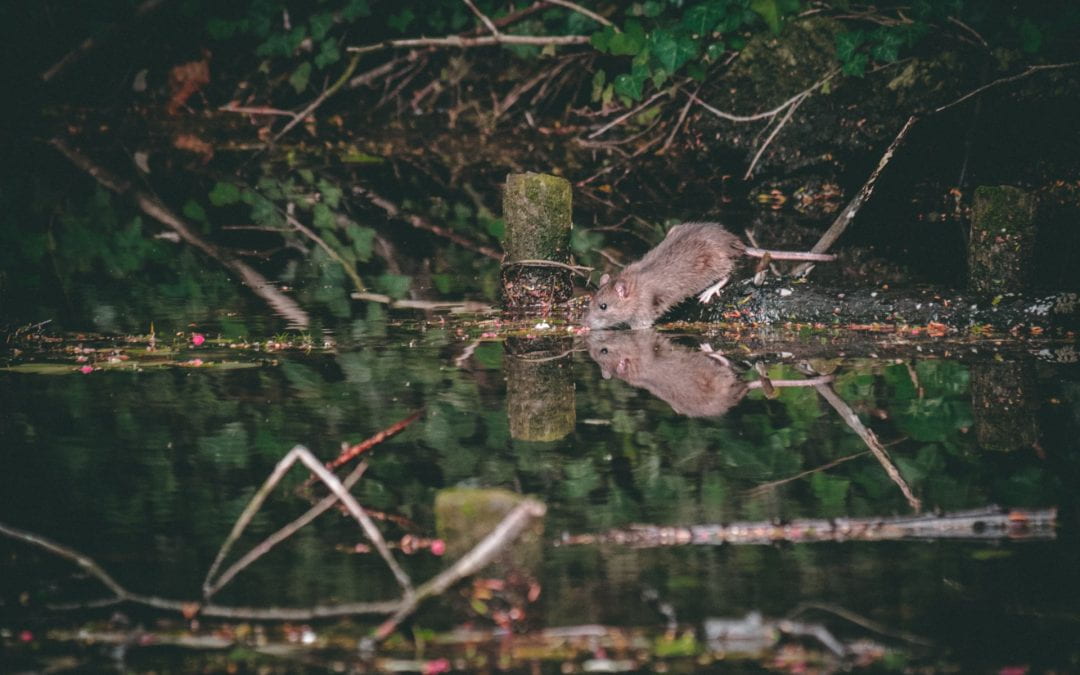By James Russell
James Russell looks at the issue of introduced species in New Zealand and why distinguishing them from native species is important.
From the first moment Polynesians landed ashore and carried their gourds and dogs with them, colonists have sought to enrich the flora and fauna of New Zealand with species that might perceivably improve the environment and our livelihoods.
Today, New Zealand has more, many more, introduced species than native species. Some of these alien species were not introduced intentionally, and some of them have gone on to have extremely negative impacts on the environment and our livelihoods. It is for these reasons that New Zealand now has some of the strongest border biosecurity in the world.
Since 1800AD the rate of alien species introductions around the world has grown rapidly, except in New Zealand, where the trend has been bucked. Recent examples of introductions which have been unwelcome by all accounts include verroa mite, kiwifruit PSA virus, and phytophthora (kauri) dieback. Eradications of invasive species, such as predatory mammals, have successfully undone the impacts of some of these introductions, and allowed species and ecosystems to be restored. The value, whether measured in conservation or economic cost-benefit, of these eradications is such that it makes sense to try and eradicate non-domestic introduced mammalian predators from the entirety of New Zealand, i.e. Predator Free New Zealand.
Biosecurity and pest management are critical to protect the country from the damage caused by alien species, but some people argue that management of alien species is conceptually fraught. New Zealand was one of the last places of the world to be colonised, and as an island nation it is straightforward to distinguish what species are naturally found here, and what species have been unnaturally introduced.
A concept of what is ‘natural’ plays a critical role in ecological management, for determining when systems are outside their natural bounds (e.g. rates of climate change), or what behaviours are natural: Although it may be natural for a cat to hunt birds, it is not natural for a bird in New Zealand to be hunted by a cat.
No one in New Zealand is arguing to remove every introduced species, or prevent the introduction of all new species. The introduction of many species has enriched our economy (e.g. agriculture), and many of these species now have an important part in our narrative as a nation (e.g. game animals), although that is not to say that they ever become native, which is strictly a biogeographical and not cultural definition.
The reason New Zealand biosecurity and conservation management is focused on alien species is that it is biogeographically permissible to completely eliminate them. Whereas a rat can be eradicated from an offshore island, or potentially even New Zealand, we are obliged to protect species like pukeko, even if they are sometimes annoying. We may have to manage problematic native species, but we can never eradicate them from the entirety of New Zealand.
The original Zealandia, the sunken continent of which New Zealand is the tip, is today relegated to the 225 hectare of Zealandia sanctuary in Wellington, and a number of other sanctuaries and islands dotted around the country. The species and ecosystems found in these sanctuaries are what make New Zealand unique, and although some introduced species have a place in New Zealand, we do not want to sacrifice what makes New Zealand unique only to replace it with the same species found again and again in every other corner of the world. That would make us nothing more than another branch of a global Walmart of nature.
James Russell is an Associate Professor in Biological Sciences at the University of Auckland. He is an expert in conservation biology.
Disclaimer: The ideas expressed in this article reflect the author’s views and not necessarily the views of The Big Q.
You might also like:

